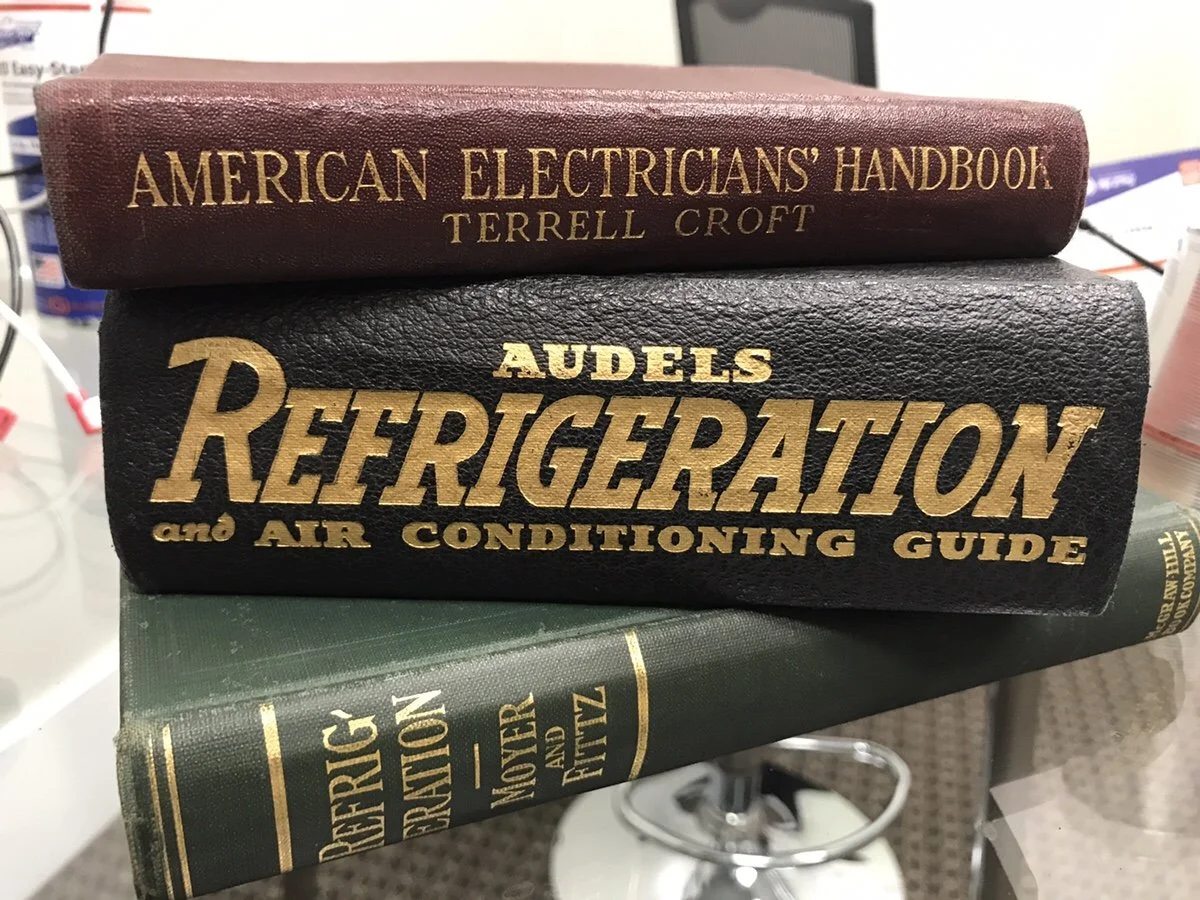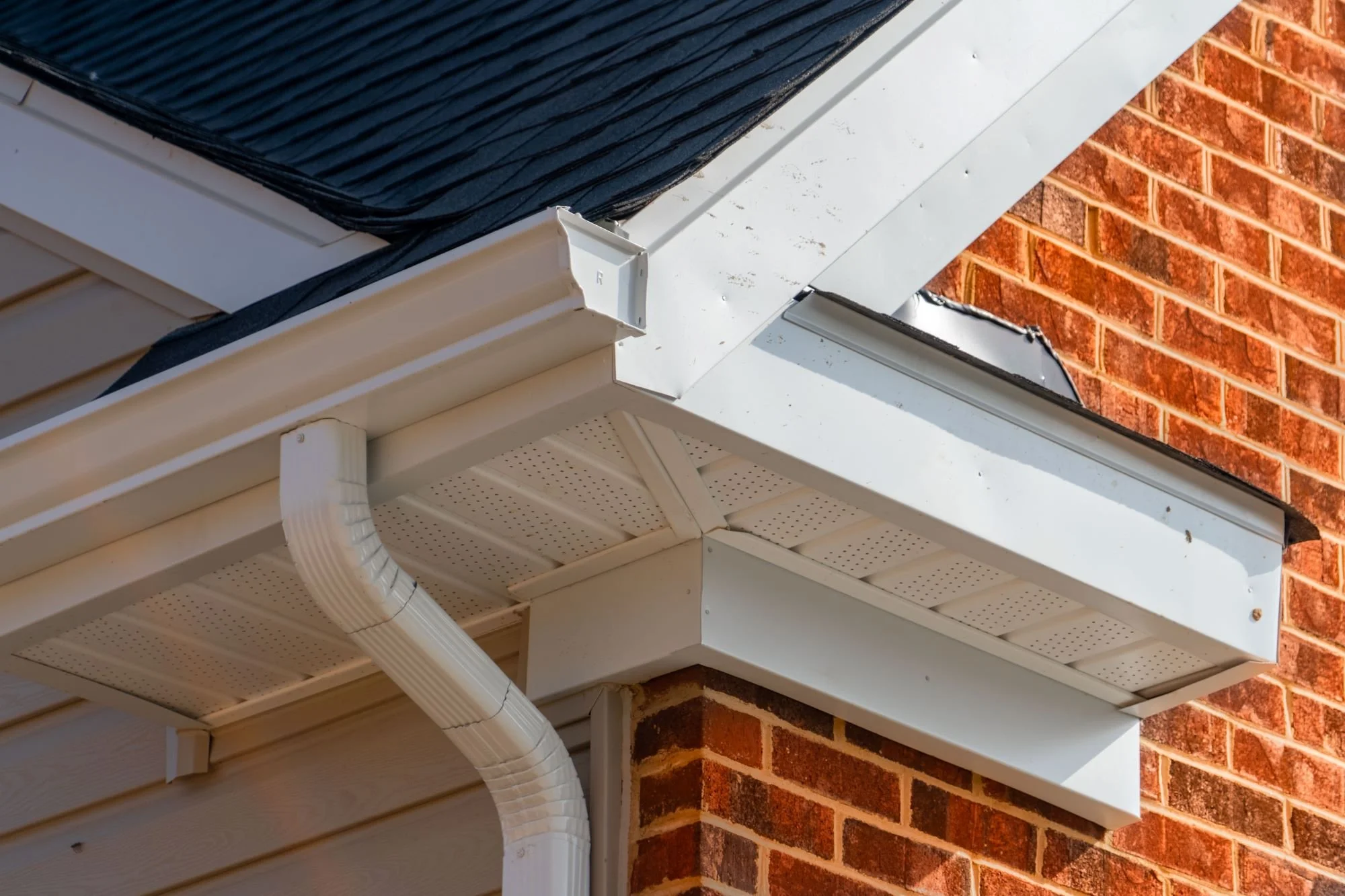Reasons to Regularly Declutter Your Home
RH Business Marketing Solutions
Clutter is the number one struggle in every household. Often, it seems as if you've just decluttered – the new clutter is already there. It's inevitable, especially if you live in a certain way and change some things on a daily basis. But, if you make a good habit and regularly declutter your home, you might be able to run away from this trap. If you still need some convincing, we prepared some rock-solid reasons to help you improve your lifestyle.
You'll get a more quality rest
If you shut your eyes, it doesn't mean you can't see the mess around you. It's not helpful to your sleep quality to have your clothing strewn around the floor and your makeup bottles strewn about the dresser immediately before you turn in.
It will be challenging to relax and prepare for sleep if your mind must digest the many sensations presented by the clutter. So try to declutter your room and see how much simpler it is to fall asleep. Fewer things mean less visual and mental distraction, so you'll have a more serene living environment.
If you regularly declutter your home, you’ll get better sleep.
Not having to play "hide and seek" with your stuff
If you have less stuff, you're less likely to misplace it, and you'll have an easier time tracking it down if you do. Even if you aren't the tidiest and most organized person, you'll still be able to locate things more quickly since there is less clutter to go through. The most common place that you probably play hide and seek with your stuff is a garage, so make sure to declutter it as often as you can to know where your stuff is at all times.
You will likely be reorganizing and putting up suitable file systems, storage, or locations to store things as part of decluttering and determining what to retain and what to get rid of. This will help you to know where most, if not all, of your belongings are at all times.
Less clutter, less stress
Cluttered living spaces are stressful because they flood our already overworked brains with more stimuli. Having people over will highlight the mess and make you feel worse about yourself and your property. A crowded house may lead to a cluttered mind. The frustration of never being able to find what you need in your mountain of possessions just adds insult to injury.
Beginning with a single room, such as the living room, you may experience the calming effects of decluttering and observe how it might spread to other areas of your life. Many studies show that cleaning and decluttering are two things that bring zen to your life the fastest. It's not by accident that the world's most influential leaders swear by decluttering and the "making your own bed in the morning" principle.
It's simpler to care for your home
Eliminating clutter makes it much simpler to clean and care for your property. Maintaining order and cleanliness and getting rid of clutter is easier when there is less stuff to deal with. You'll have more time (and stamina) for other pursuits if you spend less time cleaning and caring for your house. Setting up basic routines for your cleaning and daily duties can make maintaining your home faster and simpler. Also, according to the experts at bigmansmoving.com, regularly getting rid of clutter will prepare you for unexpected events, like moving on short notice. You won't be in such a rush if you always do this part of the job little by little.
Savings will be substantial
You may discover that you spend less money on unnecessary items after you become accustomed to living with less clutter and learn to be deliberate and attentive about what you let into your house. You'll eventually learn that shopping isn't the only way to make yourself happy. Not only will you be grateful, but so will your financial account.
You’ll save more money.
You can make your tiny home dream come true
Many of us dream about having a tiny home in the woods or somewhere outside the town. But, if you want that dream to come true, you need to start exercising regular decluttering. It will help you use space more efficiently and save some for what really matters.
Intensify efficiency and imagination
It's common for individuals to struggle with concentration when in an unorganized space, such as at a desk that's a hot mess. Your ability to concentrate may suffer if there are too many distractions around you. Because of the many distractions, your output will suffer, and your stress levels will rise. So try to make it a routine to declutter your home as you finish certain activities (sleeping, cooking, working from home, etc.).
Less clutter, sharper focus
Getting rid of distractions should help you focus better. Also, now that you don't have as much clutter in your mind, you can focus on the task at hand without getting sidetracked by the items in your immediate environment, which will undoubtedly lead to an increase in your creative output. Just try this for at least a month, and you'll see a significant increase in your productivity and performance at work!
You can hang out with your friends anytime
If your house is more manageable and has less clutter, it will be simpler to maintain it appearing nice, tidy, and visitor-ready (pretty much) all the time. You may need to make a few last-minute stops to pick up a few items, but don't worry – it shouldn't take more than a few minutes, and your guests won't even notice!
You’ll be able to call your friends over without being ashamed.
Regularly declutter your home and feel the difference
We mentioned all this stuff and reasons, but don't take our word for it! Make sure to start to regularly declutter your home and see for yourself. You'll experience all the benefits as your life quality increases with just a simple and minimal effort that decluttering takes. You won't give up a lot, but you'll get much.
Guest Contributor: Sophia Perry





















